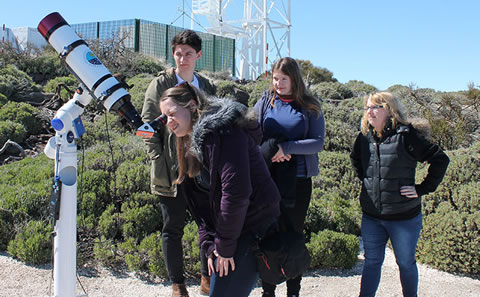Aims
Knowledge and Understanding
Having successfully completed this module, you will be able to demonstrate knowledge and understanding of:
-
A range of subject areas that are relevant to your project, including some from outside engineering, and their application to your project
-
Design processes, methodologies, specialist tools and techniques used to design, analyse, implement and verify systems in your area of engineering
Subject Specific Intellectual
Having successfully completed this module, you will be able to:
-
Acquire specialist knowledge through critical study of the relevant research literature
-
Solve unfamiliar problems and address challenges encountered during the course of your project
Transferable and Generic
Having successfully completed this module, you will be able to:
-
Work as part of a team to manage your project, by planning and allocating tasks, and by coordinating your activities with those of your team mates
-
Make effective use of available resources (human, economic and time)
-
Present and explain joint technical work, both in written form and in formal group and individual presentations
Subject Specific Practical
Having successfully completed this module, you will be able to:
-
Liaise with customers in order to determine the scope and requirements of your project, and the criteria for judging its success
-
Apply design processes and methodologies and adapt them in unfamiliar situations
-
Generate innovative designs for products, systems, components or processes to fulfill new needs
-
Apply engineering techniques, taking account of a range of commercial and industrial constraints
-
Apply mathematical and computer-based models for solving problems in engineering
-
Assess the limitations of particular cases when solving engineering problems, and reflect on and critically evaluate the effectiveness of your chosen approach
Assessment methods
Group Report
The largest element of the assessment is the group report, which gives the group the opportunity to report on their planning; their allocation of responsibilities; their design, implementation and testing, including any innovative solution; their relationship with their industrial "customer"; and to justify their chosen approach. The group report must indicate clearly the individual contributions of all partners and should contain at most 4000 words per group member. The group report is submitted at the end of Semester 1 and counts for 70% of the total module mark.
20% of the marks from the group report derive from the writing and presentation of the report, and the remaining 80% derive from the technical contribution made by the project, including the team work aspect.
Group Presentations and Poster
The presentations give the group an opportunity to describe what they are planning to accomplish, and to demonstrate what they have achieved. There are three presentations, all in Semester 1. The group also create a poster, summarising their project. This poster and the final presentation are assessed and together contribute 15% towards the final mark for the GDP.
Individual Reflection
Each student will also produce a critical appraisal of their project, including the rationale for any design or implementation decisions they were responsible for, and an evaluation of the achievements of the group, how well everyone worked together, and the effectiveness of the planning and development process. Up to 2000 words. The individual reflection contributes 15% towards the final mark for the GDP.
| Method | Hours | Percentage contribution |
|---|
| Group Report | - | 70% |
| Group Presentations | - | 15% |
| Individual Reflection | - | 15% |
Referral Method: By set coursework assignment(s)
Due to the nature of this module in that the majority of the assessment is based on group work referral is by internal resit only. It is not possible to refer in the same academic year.

